This post was contributed by a community member. The views expressed here are the author's own.
Kaiser Permanente South San Francisco ranked as the nation's Top Teaching Hospital by The Leapfrog Group
Kaiser Permanente South San Francisco hospital is named among the nation’s top teaching hospitals for providing safe, high-quality patient care, according to the Leapfrog Group’s 2025 Top Hospital award.
The highest-performing hospitals on the Leapfrog Hospital Survey are recognized annually with the prestigious Leapfrog Top Hospital award, considered one of the most elite and competitive honors a hospital can receive. In 2025, only 156 hospitals nationwide, or about 6% of the more than 2,400 eligible hospitals, were recognized. California has 36 hospitals on the list.
The annual Top Hospital award is given to teaching, general medical, rural and children’s hospitals.
Six Kaiser Permanente Northern California hospitals received the top teaching hospital award: Fresno, Redwood City, Santa Clara, South Sacramento, South San Francisco, and Vacaville.
Four Kaiser Permanente Northern California hospitals received the top general hospital award: Manteca, Modesto, San Leandro, and San Rafael.
“This recognition highlights our commitment to patient safety and providing each patient with exceptional care,” said Kaiser Permanente Senior Vice President and Area Manager Shasta Addessi, FACHE, San Mateo service area. “Every patient and every interaction is unique, and it is our responsibility to ensure our patients receive the best care. This recognition highlights the incredible work by our physicians and staff, and we are honored to receive it.”
The Leapfrog Top Hospital award is based on excellence in upholding quality standards across several areas of patient care including staffing, hand hygiene, infection rates, practices for safer surgery, maternity care, and error prevention. Hospitals must have also received an “A” Leapfrog Hospital Safety Grade in the most recent round of scoring to be eligible for the Top Hospital award.
In the fall, 11 Kaiser Permanente hospitals in Northern California received A grades including Fresno, Manteca, Modesto, Redwood City, Roseville, San Leandro, San Rafael, Santa Clara, South Sacramento, South San Francisco, and Vacaville.
“As a teaching hospital, we integrate clinical care with education and research,” said Kaiser Permanente South San Francisco Physician in Chief Edward Kao, MD. “Our care teams work seamlessly to provide innovative and compassionate care for our patients. This award recognizes their work and dedication.”
The Leapfrog Group is an independent national nonprofit run by employers and other large purchasers of health care benefits. It is an independent advocacy group working with a broad range of partners, including hospitals and insurers.
The views expressed in this post are the author's own. Want to post on Patch? Register for a user account.

 650-832-9879
650-832-9879




 Service Areas
Service Areas























